Satellite Images Show How Tocorón Became a Crime City
Satellite images show how a common prison spawned slums with streets, a pool and zoo area and even a baseball field


The Penitentiary Center of Aragua, also known as Tocorón, is an institution that challenges the conventional expectations of what a correctional facility should be: it’s an area where the boundaries of incarceration blur amidst a perplexing array of facilities that include a nightclub, stables, swimming pool, mini-zoo, children’s playground, and even a baseball park. How could a Venezuelan prison evolve into a sui generis crime city, even more bewildering than Hong Kong’s Kowloon Walled City? Satellite imagery from Google Earth Explore and its multiple sources can help explain its evolution.
Tocorón was built in 1982 with a capacity of 750 inmates. But, according to Carlos Nieto Palma, of the NGO Una Ventana a la Libertad, the prison housed more than 7,000 inmates in 2016. When the operation happened, the Venezuelan Observatory of Prisons reported that the Tocorón prison used to house a population of about 5,500 inmates, later on approximately 3,000, and more recently around 1,500: not only still above its capacity but now raising valid questions regarding the unknown fate of the missing prisoners. What was intended to be a facility for rehabilitation and reintegration has, over time, become a symbol of controversy and discord within the criminal justice system of Venezuela.
Soon after 11,000 police and military personnel, supported by armored vehicles, retook the prison from Tren de Aragua and other gangs, multiple images revealed extravagant amenities within the penitentiary that defy conventional prison standards and raise concerns about the punitive aspect of incarceration and how prison officials are allowing certain inmates to enjoy special privileges likely in exchange for bribes or other favors from the Tren de Aragua.
This image from the Daily Mail, from an article by Perkin Amalaraj, summarizes the location of multiple facilities inside this prison:
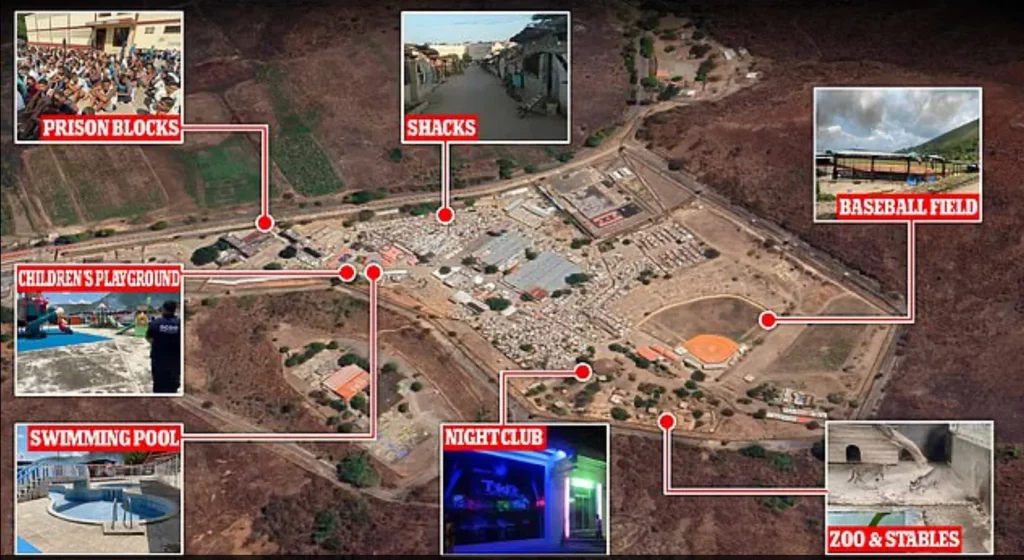
Let’s explore the transformation of the Tocorón Penitentiary using the Google Earth Pro historical imagery feature and highlighting some specific areas throughout September 07, 2001; January 12, 2004; January 23, 2013; June 04, 2014; February 15, 2015; February 17, 2017; January 09, 2018; January 04, 2021; January 28, 2022; and, April 14, 2023. The pictures will show how, in two decades, a common prison spawned slums with streets, a pool and zoo area and even a baseball diamond. A whole city –increasingly formal– sprawling around its buildings.
September 07, 2001
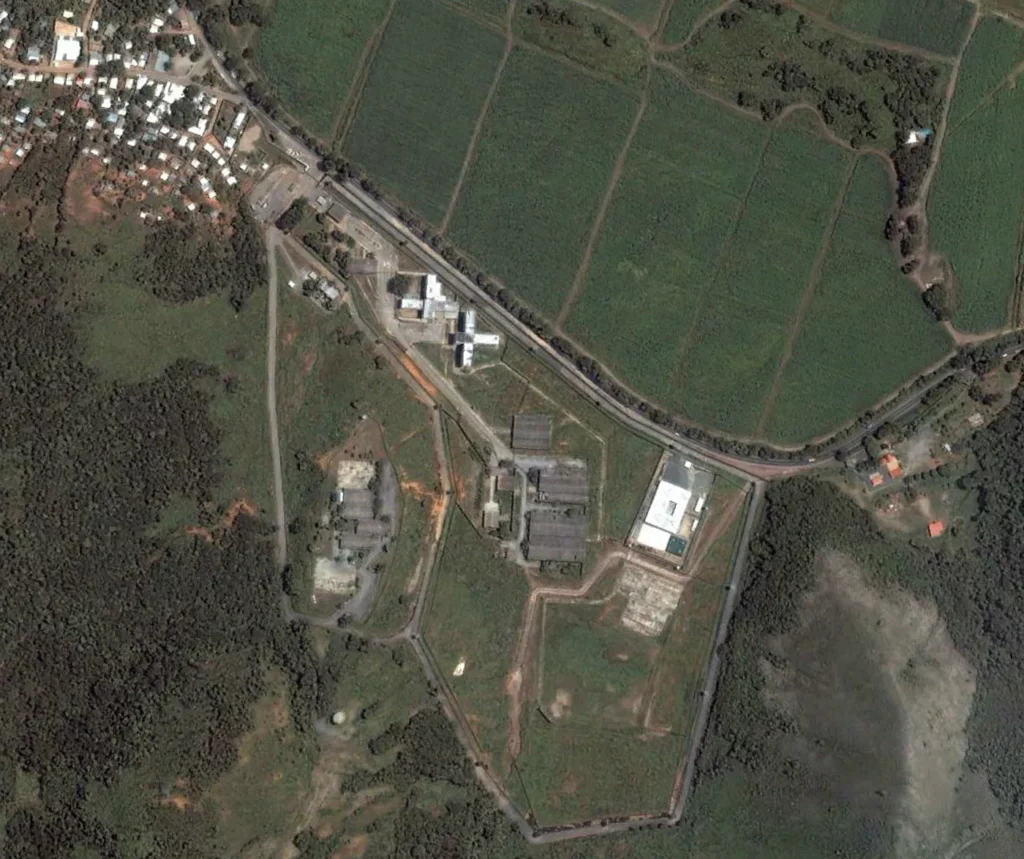
January 12, 2004
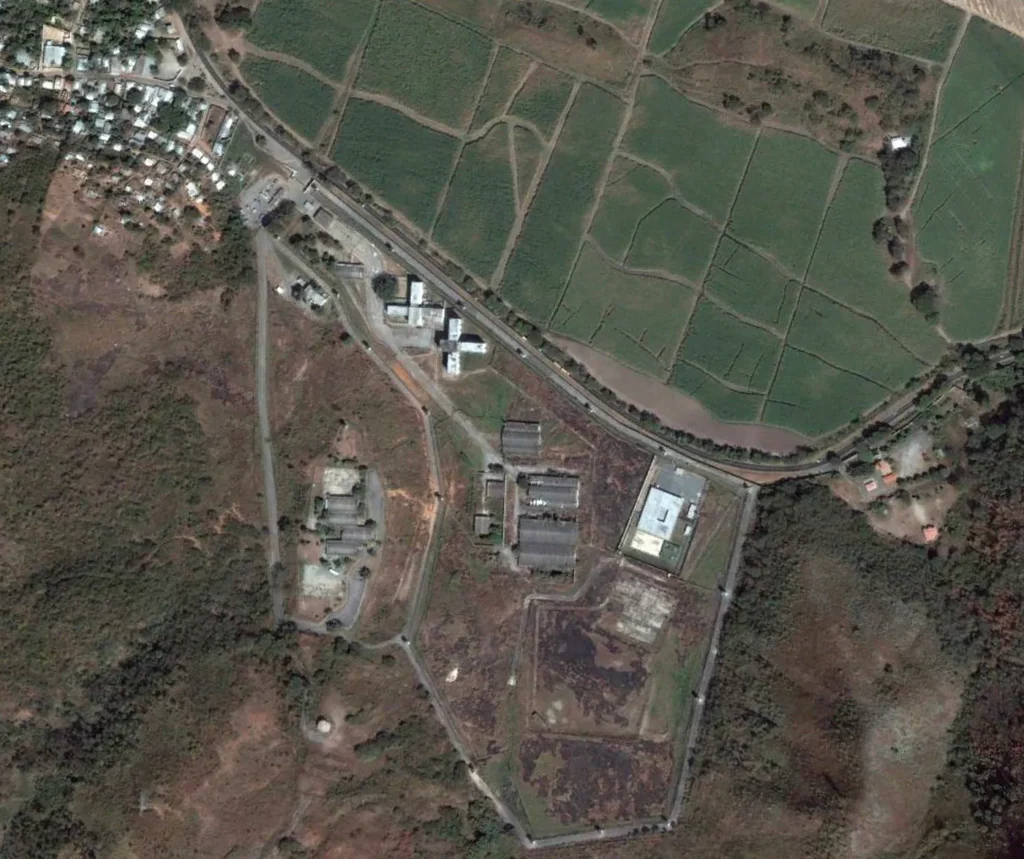
January 23, 2013
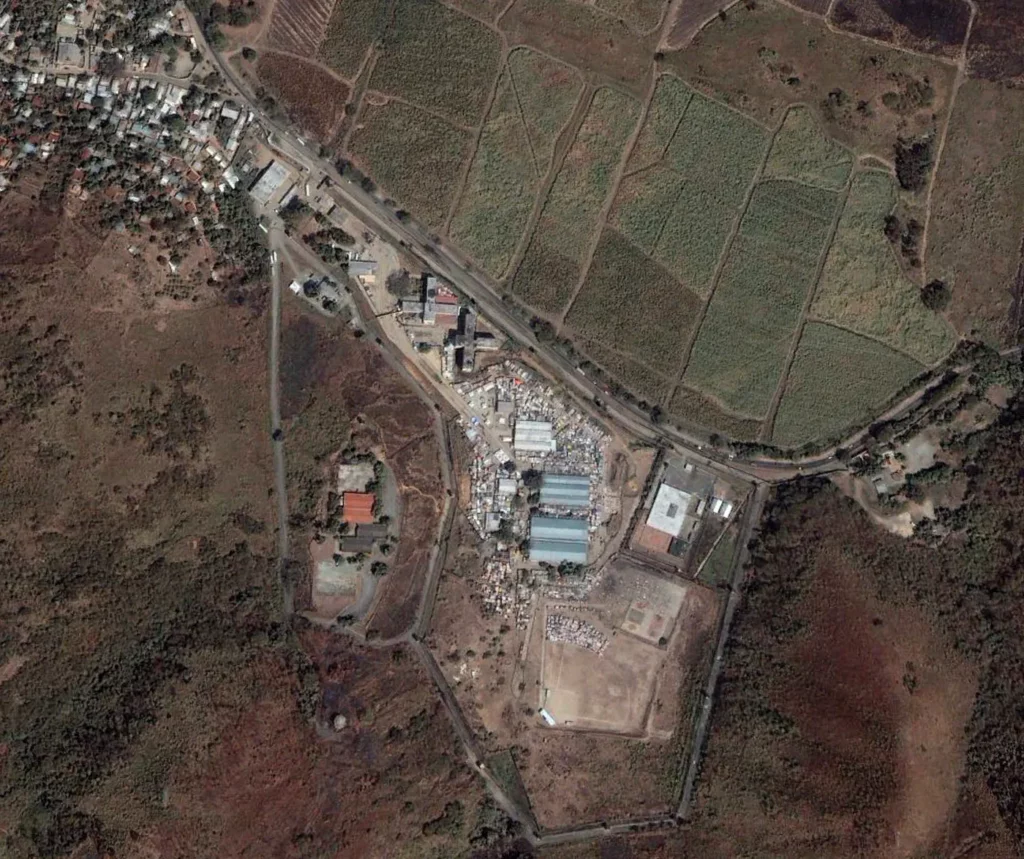
June 04, 2014
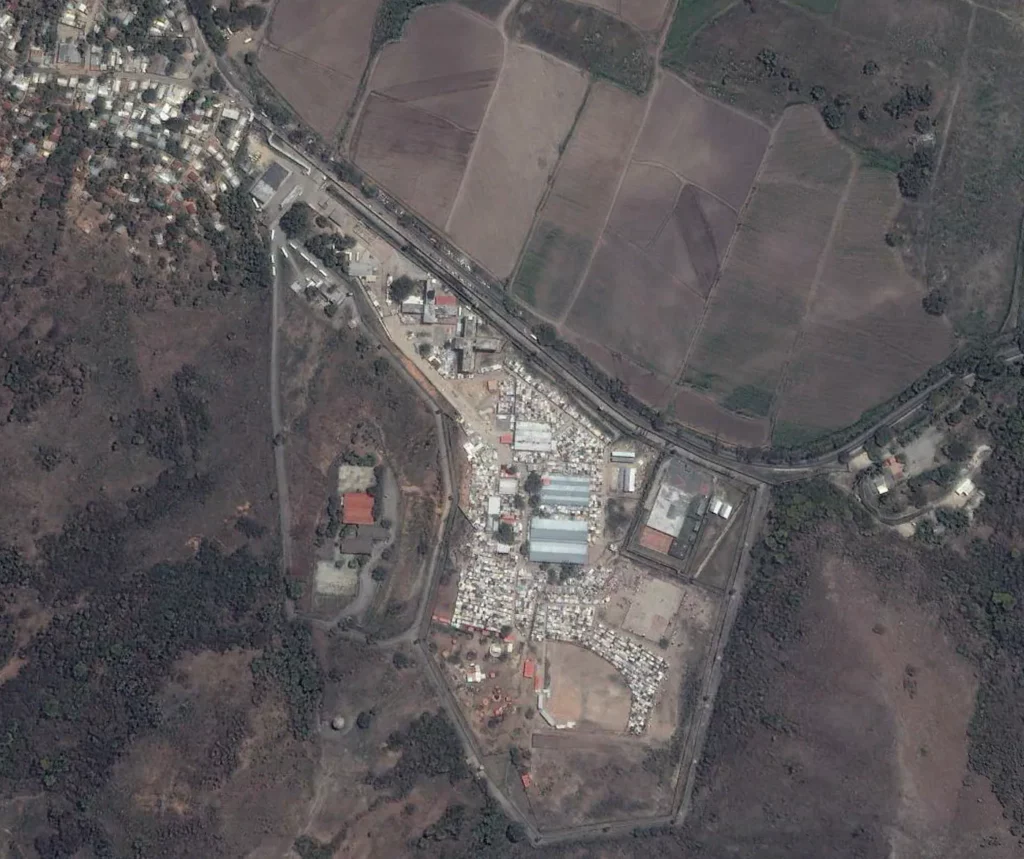
February 15, 2015
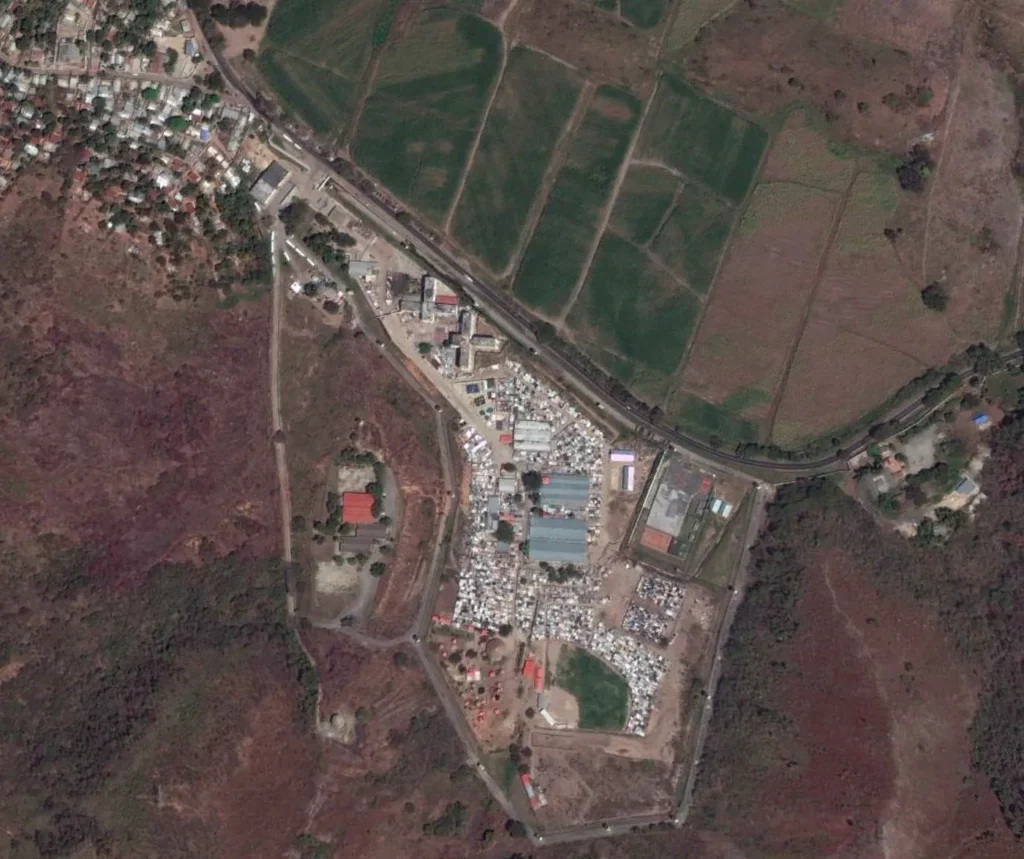
February 17, 2017
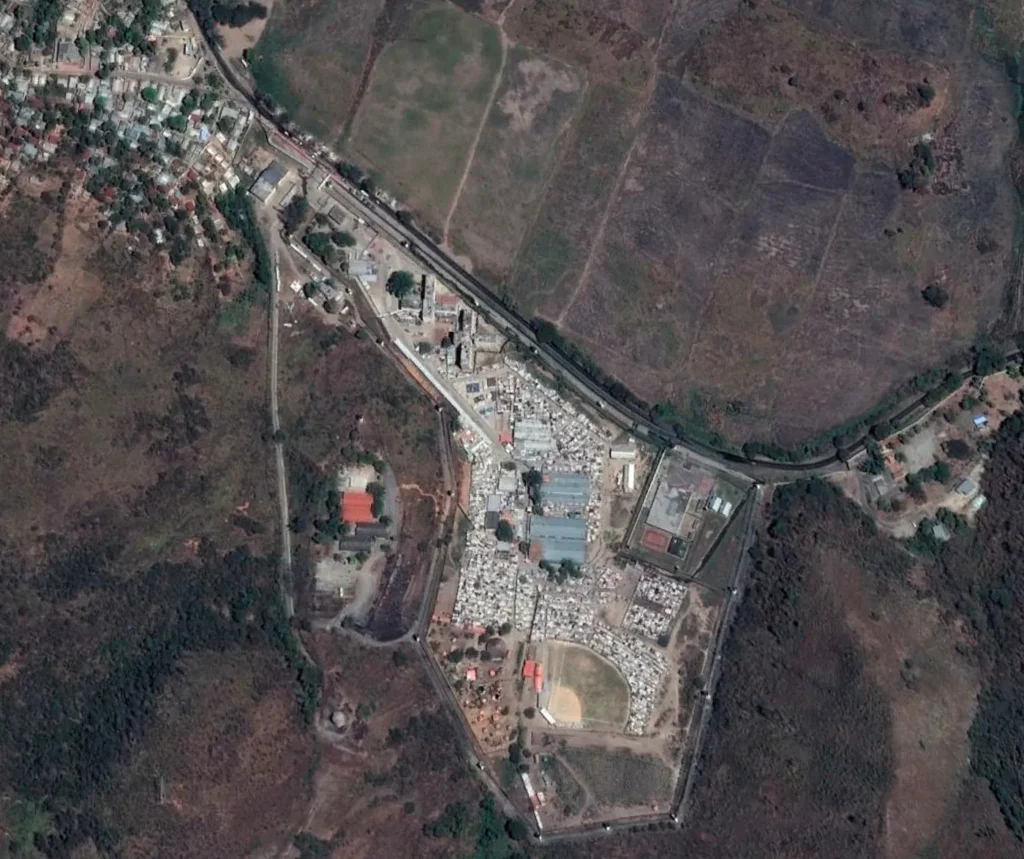
January 09, 2018
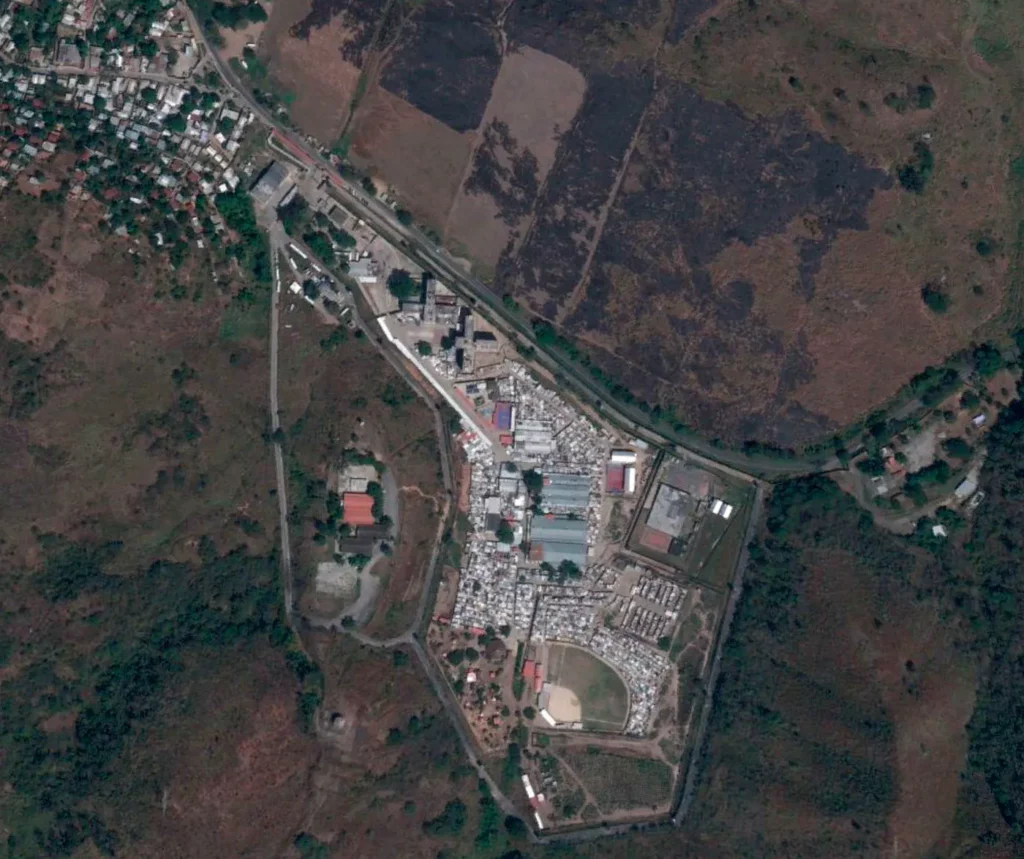
January 04, 2021
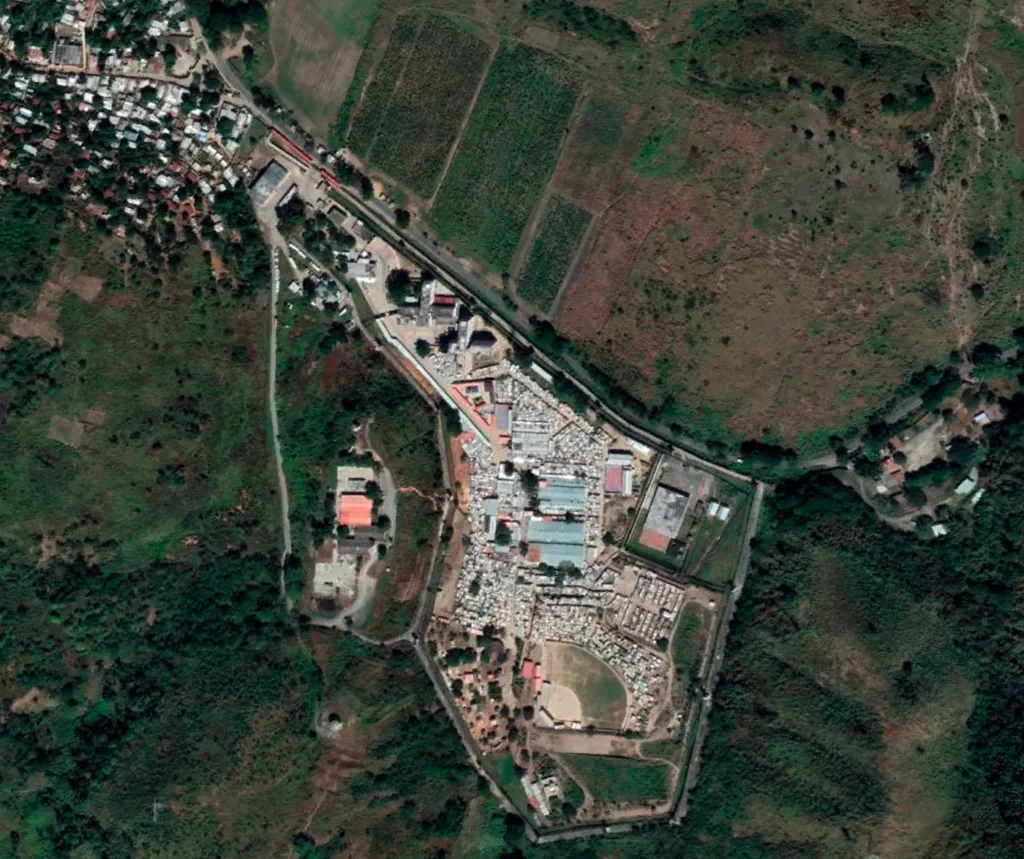
January 28, 2022
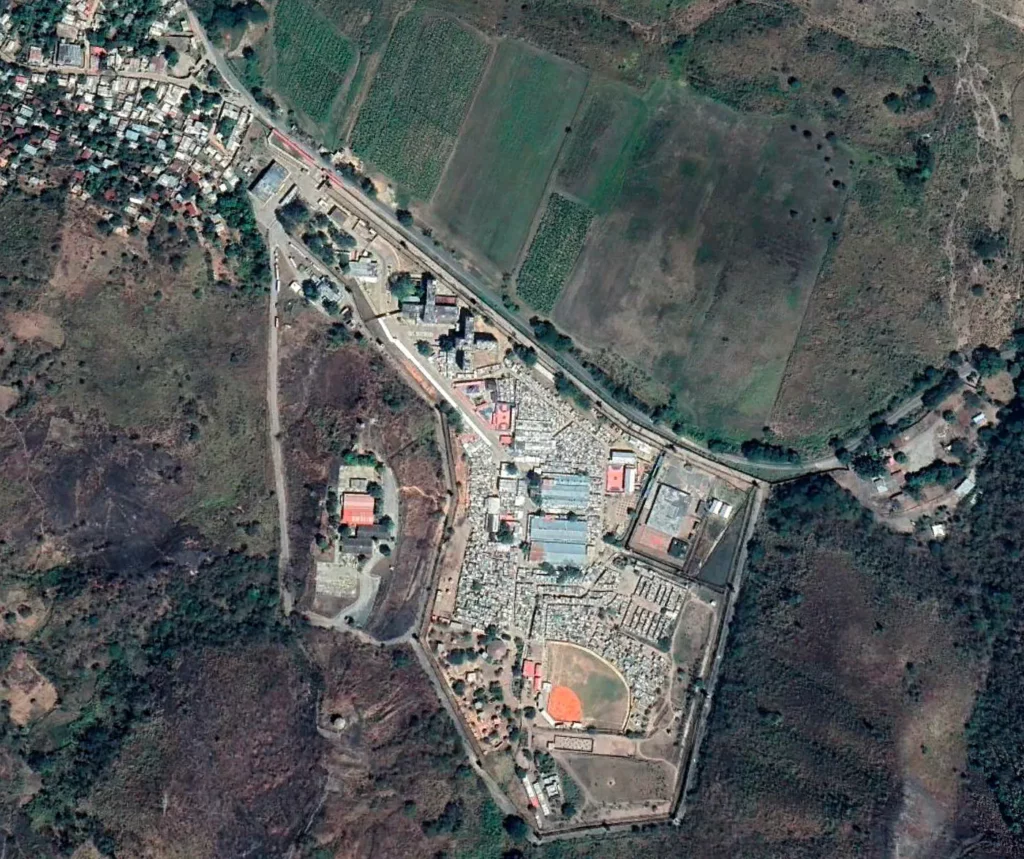
April 14, 2023
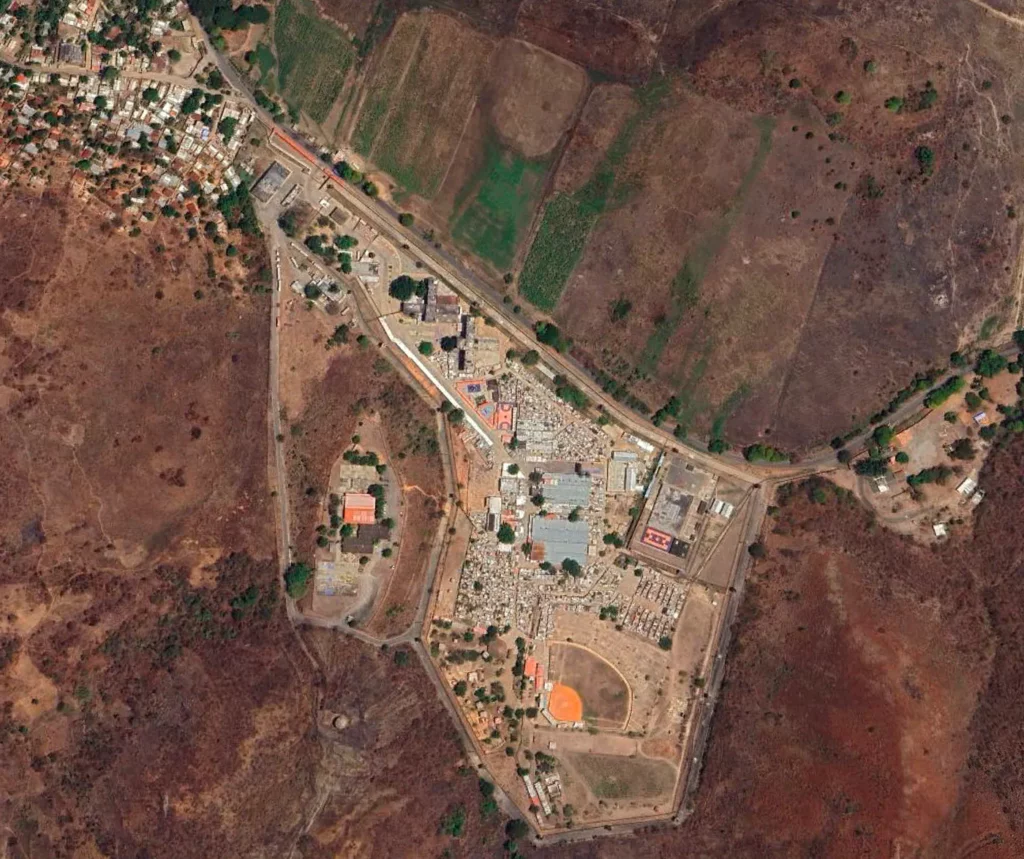
Children’s Playground and Swimming Pool
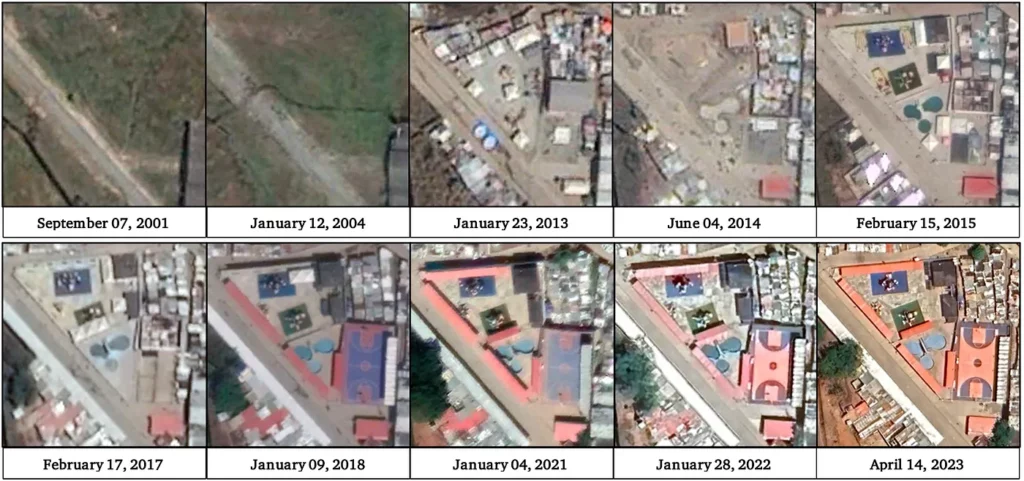
Mini-Zoo, Stables, Nightclub, and Baseball Diamond
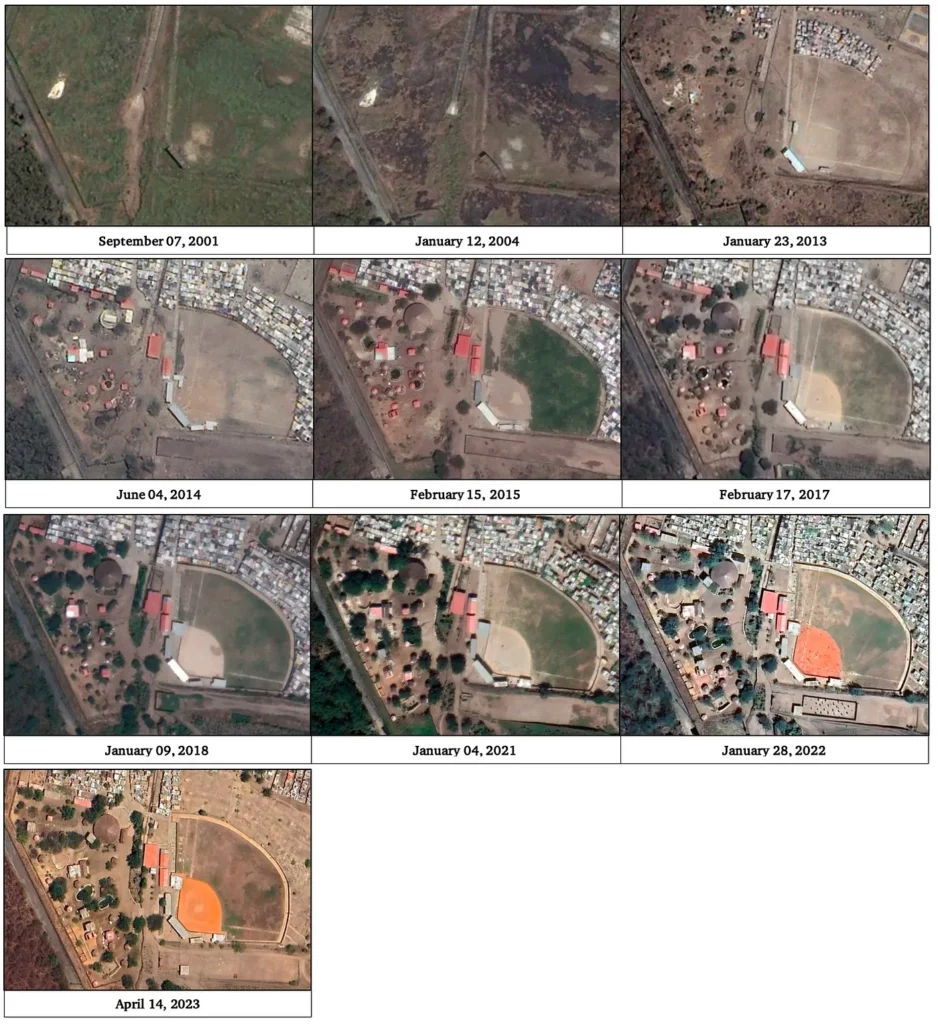
The controversies surrounding the Tocorón Penitentiary have fueled the public view of these amenities as an unacceptable luxury for inmates but also on how criminal groups have established fiefdoms and shaped (or spawned) communities throughout the country. Tocorón Penitentiary –which had become a sort of city before being retaken by the State– has become a symbol of the broader challenges faced by Venezuela’s prison system, and it continues to be a topic of scrutiny both nationally and internationally. The controversies surrounding the facility raise essential questions about the need for meaningful reform within the criminal justice system in Venezuela.
Caracas Chronicles is 100% reader-supported.
We’ve been able to hang on for 22 years in one of the craziest media landscapes in the world. We’ve seen different media outlets in Venezuela (and abroad) closing shop, something we’re looking to avoid at all costs. Your collaboration goes a long way in helping us weather the storm.
Donate




